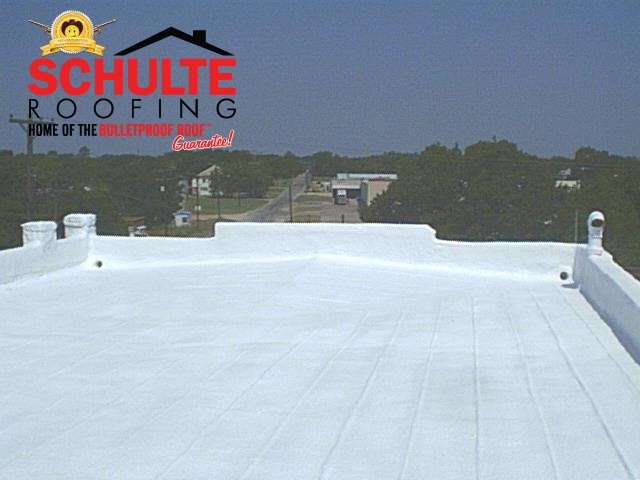Plastic has proven to be a very popular roofing material in recent years. It is highly regarded not only for its large number of designs but for its low cost as well. As a newer material, questions are still being raised as to whether it really has something better to offer than older, more common structural components.
its large number of designs but for its low cost as well. As a newer material, questions are still being raised as to whether it really has something better to offer than older, more common structural components.
Plastic roofing is made from polymer-based or composite material. Polymer is abundant and easily molded and is the only substance that can be molded into a wide variety of designs at a very low cost. There are manufacturers that design plastic shingles made to look like traditional slate, wood, and even asphalt, but at a fraction of the cost of the authentic variety. Transparent interlocking panels are also available that are designed to utilize the natural light from the sun in building construction.
Advantages
Listed below are some of the advantages that plastic roofing can provide for covering the top of a building:
- Light-weight – Unlike conventional roofing, plastic is very lightweight which makes it easy for to be installed by contractors. Support requirements are minimal as the material is strong enough to not need any extra reinforcement.
- Translucent – Some manufacturers offer translucent polymer panels which are ideal for providing desirable energy efficiency. During daylight hours, the natural light from the sun can illuminate a living space and eliminate the need for artificial lighting.
- Impact Resistant – One of the characteristics important for all roofs is the ability to withstand all types of weather, including hail. Plastic is pliable yet strong enough to absorb the impact of hail with minimal damage.
- Cost Effective – Polymer is a widely produced material and in abundant supply; the result is that production costs are low. This makes it one of the most inexpensive types of roofing available today.
- Minimal Flammability – While generally plastic materials are flammable, the polymer used in roofing has fire retardant properties. This means that it will not catch on fire or fuel a fire already in process.
- High Insulation – Hollow polycarbonate panels have high insulation properties. The hollow space that runs along the entire length of the panel effectively prevents the transmission of cold or heat from one side to the other.
- Recyclable – One characteristic that is very appealing to environmentalists is the ability to recycle this material. When it reaches the end of its service life, it can be easily recycled to create new panels.
Plastic roofing does offer a long list of advantages; however it is important to note that there is also one crucial drawback to its use. Compared to conventional material, plastic has a much shorter life span of only 10 to 15 years. Repeated exposure to UV rays can cause it to lose translucency and eventually turn brittle.
In order to enjoy its full service life, proper care must be given. Maintenance should include regular cleaning in order to prevent the buildup of stains. Strong cleaning agents that contain alkali salts, phenols, ether, chlorine and ammonia should not be employed. Sharp objects should also not be used to prevent scratches.
Plastic is a low cost construction option that offers many benefits. The only drawback is its short life span; however, given its low cost and easy installation, there is advantage to usage of this material. Hopefully this article has provided some helpful information regarding the advantages of plastic roofs as well as their drawbacks!
Do you need the services of a Houston commercial roofing contractor to work on your roof? Schulte Roofing of Navasota provides needed services to the greater Houston area and can take care of any concerns about the top of your building!
